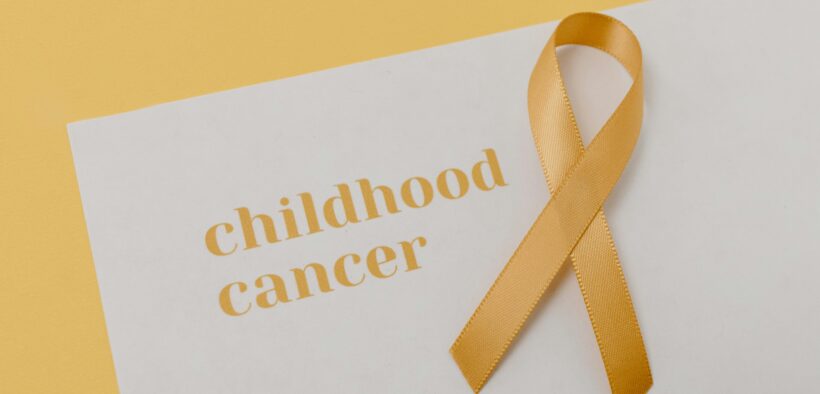International Childhood Cancer Day: What to Look Out For In Children With Cancer
Share

Cancer in children is a topic normally not spoken about and the 15th of February 2024 aims to shine a light on it. With International Childhood Cancer Day, a window is open to share knowledge on how cancer affects children and what symptoms to look out for.
It is important to understand that cancer in the little ones differs from when it happens to adults, because cancer in children usually depends on genetic and environmental factors. Because of this, cancers in children grow mostly in developing cells such as bone marrow, kidneys, blood, and nervous system tissues.
Treatment and advice that might work for older people usually doesn’t work for the young ones suffering from cancer because children are still subject to sudden growth spurts. This means the cancer has a chance to spread faster and more uncontrollably.

When it comes to identifying childhood cancer, here’s a quick and easy-to-use guideline to follow called the SILUAN:
S – Seek early medical help for persistent symptoms.
I – for White spot in the Eye, newfound and sudden blindness, and bulging eye.
L – Lump that is identifiable in any part of the body such as the abdomen and the waist area, the neck and the head, and the testicles and glands.
U – Unexplained long-lasting fever that can go on for weeks, pale skin, constant tiredness, weight loss, bruising easily and bleeding.
A – Aching bones, joints, back, and easy fractures.
N – Neurological signs such as a sudden change in walk, balance, and talking, regression in milestones, a head that continues getting bigger, and a never-ending headache without or with vomiting.
If you identify any of these signs, you should reach out to Childhood Cancer Foundation South Africa on 0800 333 555.




